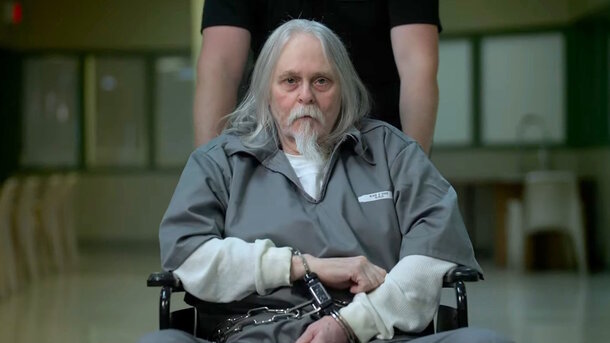Netflix's I Am a Killer is a gripping true-crime docuseries that offers an unflinching look into the minds and lives of death row inmates. Each episode dives into a case where a convicted murderer narrates their version of events, shedding light on the motives, circumstances, and consequences of their crimes.
What Is I Am a Killer About?
The series explores not just the crimes but also the lives behind them, presenting an intimate and often unsettling perspective on justice, remorse, and redemption. Featuring interviews with inmates, family members, victims’ relatives, and legal teams, I Am a Killer creates a multidimensional narrative that challenges viewers to confront the complexity of each case.

"Where Are They Now?"
Since its release, audiences have been captivated by questions about the lives of the inmates featured on the show. Some, like James Robertson from Season 1, remain on death row, while others, such as Dale Sigler, have been paroled and are attempting to rebuild their lives outside prison walls. The series doesn’t just revisit the crime — it follows the aftermath, leaving viewers pondering the long-lasting impact of these stories on everyone involved.
What Happened After Their Stories Aired?
In many cases, the show has reignited public interest in old cases, sparking debates about justice and the criminal system. Dale Sigler, for example, who confessed to a shocking murder for financial gain, now faces the challenge of reintegration into society. Meanwhile, other inmates featured on the show continue to serve life sentences, often reflecting on the choices that led them there.
I Am a Killer resonates with true-crime enthusiasts because it humanizes its subjects while never losing sight of the gravity of their crimes. By addressing questions of morality, systemic failures, and personal accountability, the series forces viewers to grapple with the gray areas of justice.
With its chilling revelations and thought-provoking narratives, I Am a Killer is a must-watch for fans of the genre.











